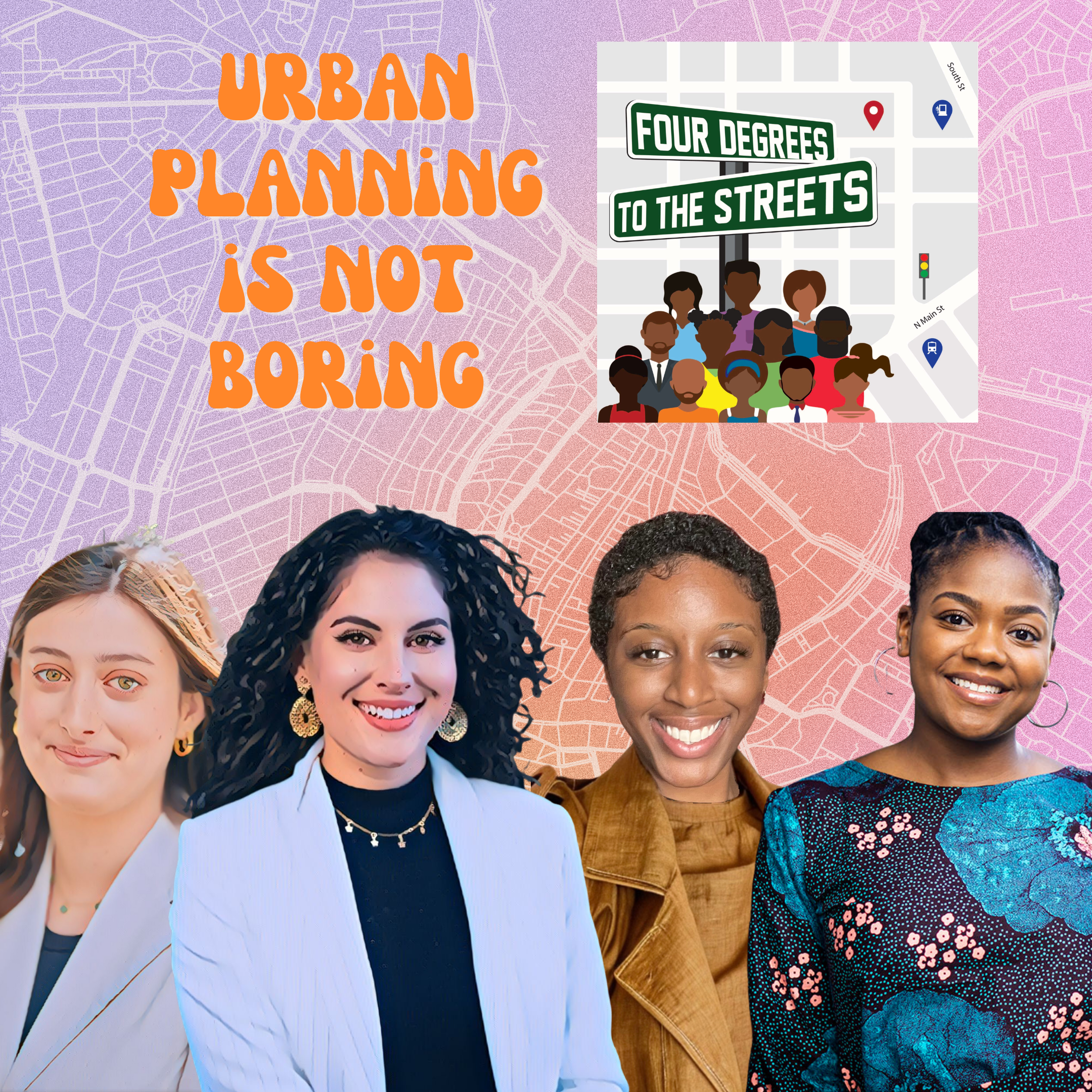VMT 101: Understanding the Basics of Vehicle Miles Traveled
Description
Welcome back to Urban Planning is Not Boring! In this episode, we dive into an acronym many of you are likely familiar with, VMT. We start by breaking down the concept of VMT - vehicle miles traveled - which essentially measures the total distance traveled by vehicles, typically on a daily basis. To illustrate, imagine driving 20 miles to work, 5 miles to the gym, and 15 miles back home from the gym. That totals to 40 vehicle miles traveled for the day. But why does VMT matter?
We explore the legislative context surrounding VMT, particularly in California where initiatives like SB 743 have revolutionized the way transportation impacts are evaluated for new development projects. Instead of solely focusing on traffic flow and congestion reduction (Level of Service (LOS)), the emphasis has shifted towards reducing VMT to combat issues like greenhouse gas emissions.
But it's not just about legislation; reducing VMT brings a multitude of co-benefits, from mitigating air pollution and water pollution to promoting active lifestyles and improving mental health. We examine various approaches to address VMT, including Transportation Demand Management (TDM) strategies, transit subsidies, bike and pedestrian infrastructure improvements, and thoughtful land use decisions.
Ultimately, everything seems to converge on the principles of walkability and accessibility, with the vision of creating vibrant, sustainable communities where driving less is not only feasible but also desirable. Join us as we explore the multifaceted world of VMT and its implications for the future of transportation and urban development.



















